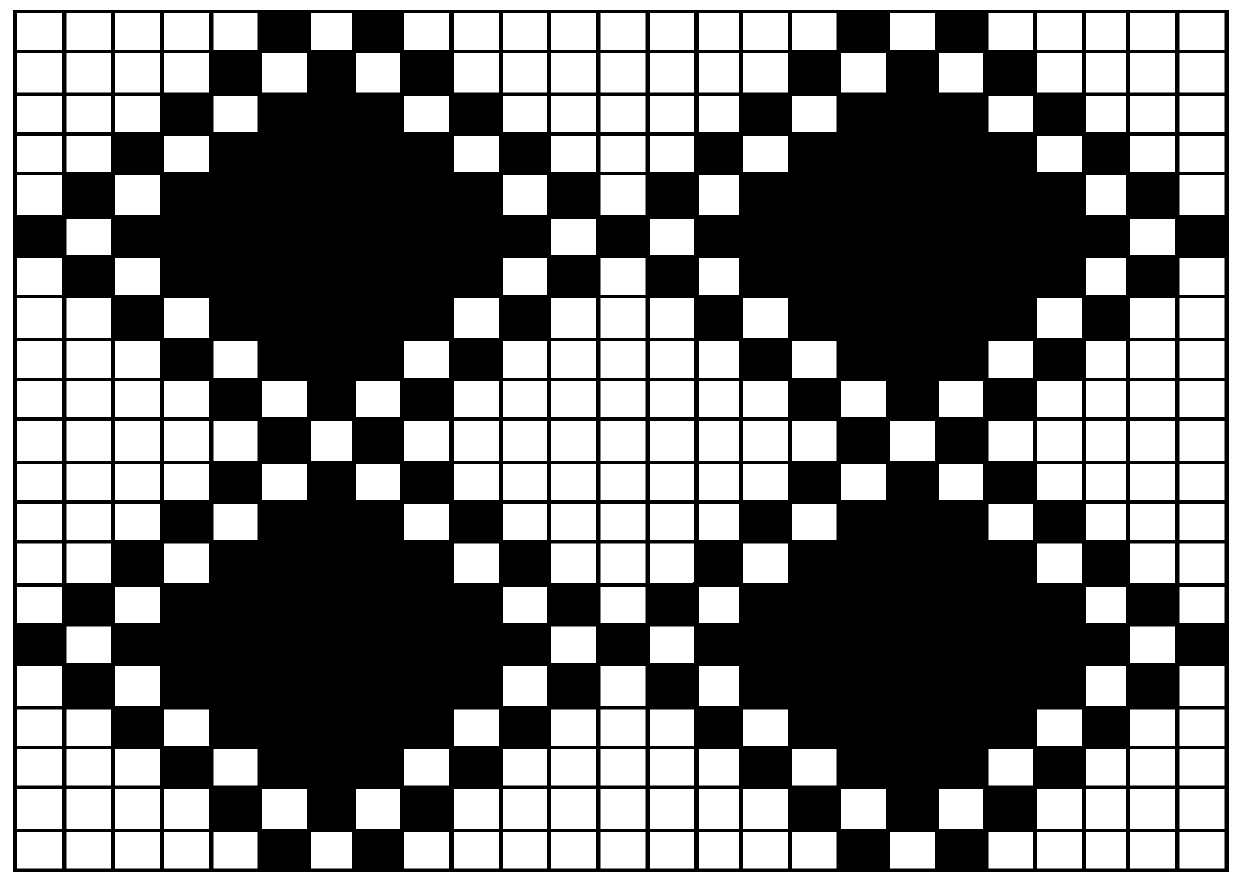Multi-regenerated cellulose fiber functional fabric
A regenerated cellulose, functional technology, applied in the field of textiles, can solve the problems of poor dimensional stability of fabrics, poor wrinkle resistance, easy deformation of clothing, etc., and achieve the effect of strong three-dimensional effect, excellent elasticity and soft hand feeling
- Summary
- Abstract
- Description
- Claims
- Application Information
AI Technical Summary
Problems solved by technology
Method used
Image
Examples
Embodiment 1
[0024] 1. According to the ratio of 40:30:30, after mixing the recycled materials of cotton, viscose fiber and modal, the 45S / 1 compact siro-spun yarn made by spinning is used as the warp. According to the ratio of 50:50, the The 40S / 1 ring-spun yarn made of recycled flax and bamboo fiber is mixed and spun as the weft.
[0025] 2. Use an air-jet loom for weaving production. The upper machine has 2 reeds of No. 16.5, a weft density of 26 shuttles, a width of 182 cm, and a honeycomb structure.
[0026] 3. Dyeing, finishing, washing, primary setting and secondary setting are performed on the woven fabric in sequence.
[0027] The finishing process is as follows: according to the ratio of 1:1:1, disperse the peony extract, the kudzu root extract and the honeysuckle extract in the finishing liquid, and stir evenly to obtain the nano particle finishing agent, wherein the peony extract, the kudzu root extract The concentrations of the extract and honeysuckle extract in the finishing...
PUM
| Property | Measurement | Unit |
|---|---|---|
| width | aaaaa | aaaaa |
Abstract
Description
Claims
Application Information
 Login to View More
Login to View More - R&D
- Intellectual Property
- Life Sciences
- Materials
- Tech Scout
- Unparalleled Data Quality
- Higher Quality Content
- 60% Fewer Hallucinations
Browse by: Latest US Patents, China's latest patents, Technical Efficacy Thesaurus, Application Domain, Technology Topic, Popular Technical Reports.
© 2025 PatSnap. All rights reserved.Legal|Privacy policy|Modern Slavery Act Transparency Statement|Sitemap|About US| Contact US: help@patsnap.com

